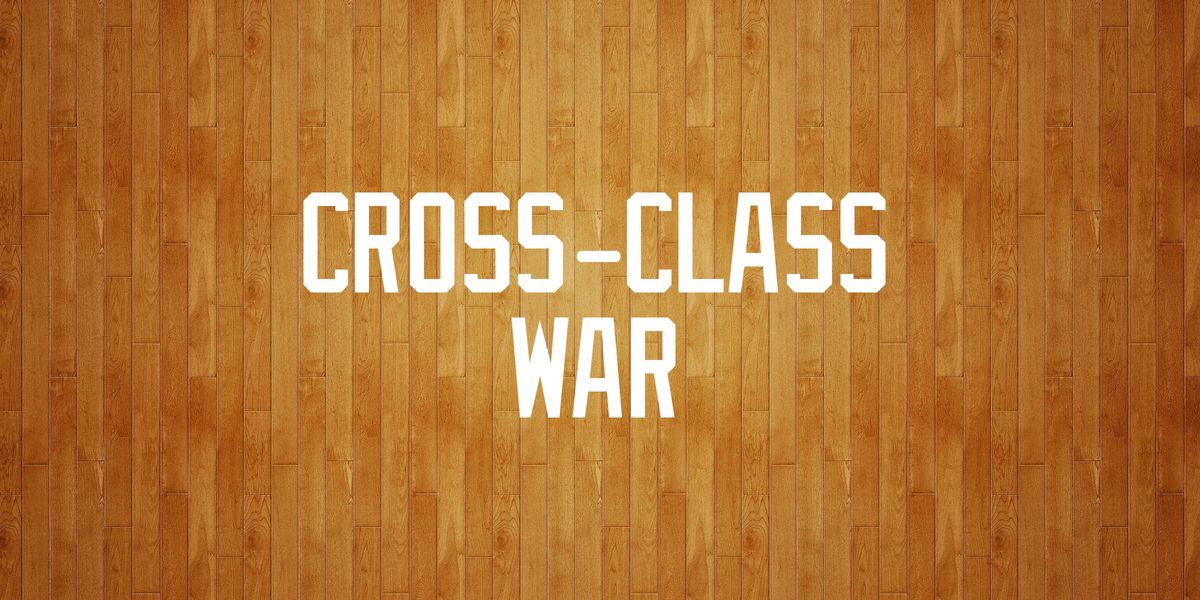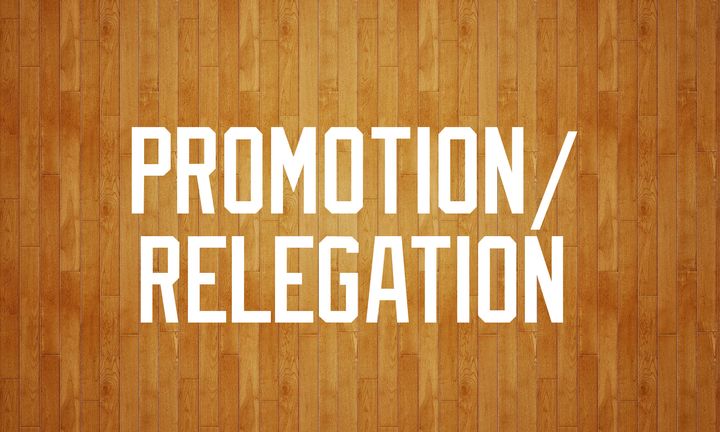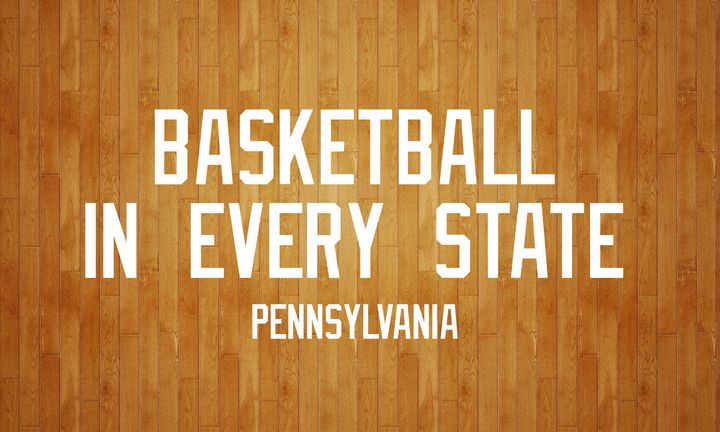Cross-Class War

Ever since Maine basketball went to a 5-class system, it's been popular to assume that the schools in AA are far and away the best of the best, clearly the be all and end all of high school basketball in the state. You see this in Facebook comments from people who assume that since Bonny Eagle was the AA runner-up, they must be one of the best teams in the state, neatly ignoring the fact that they lost a game earlier in the year by 33 points and lost by 12 to the third-worst team in their region. How the people in the Varsity Maine poll have them 3rd in the state is beyond me. Actually, I know how. It's the biggest class, so obviously they're the best.
Hey, it's an easy narrative. But here's the problem:
If AA is so much better than the other classes, why do they lose so many games?
Two years ago, I started tracking cross-class games. If the bigger schools were clearly better, it'd show up on the court. In those two years, there have been 1,363 games between a higher class and the class directly below them (I'm ignoring games like AA Noble barely beating C schools). The schools in the larger class have won 61.8% of those games. That's the equivalent of an 11-win team. Good, but you can win 11 games and miss the tournament.
But, wait! I think we can all agree that Oxford Hills should beat a 2-16 Gardiner team (and they definitely did). If we take out games against teams in the lower class that didn't make the tournament, the higher class wins 51.0% of the time. That's the very definition of average. Home teams win 54.5% of their games, which means that home court advantage is a lot more important than enrollment.
These numbers are helped quite a bit by Class C. They have the best winning % against the smaller class in both games against tourney and non-tourney teams (they are 130-4 against Class D schools that miss the tourney.) If you think about it, this makes sense. Enrollment numbers in Class D are such that if you're an able-bodied kid who can run up and down the floor, you're playing basketball. Pine Tree only has 6 kids on their team, and even that didn't stop them from beating a Class C school. But the fact remains that a D school playing an 8-grader is going to struggle with a team like Winthrop. And even if a D school has a good team, they can hardly afford to have anyone get sick. Still, Class D tourney teams beat Class C schools ~45% of the time, even against schools with 6 times as many students.
You would also expect some separation when going to AA from A, since there's no cap on how big a school can be, and you get it a little. AA boys teams went 24-6 against A teams that missed the tournament, a far cry from those C vs. D numbers (although the AA girls did go 38-0). What little advantage the larger schools have pretty much disappears in classes A & B.
If enrollment isn't that important, what is? Being good at basketball. While higher class teams struggle mightily in cross-class games, good basketball teams do not. In cross-class games, the higher ranked team according to the model wins 85.5% of the time. That's essentially the same winning % as games between schools in the same class. In those tougher games involving tournament teams, the better team wins 83.0% of the time.

If you want the rest of the numbers, here they are.

Apologies if this isn't super-easy to read.
Which brings us back to rankings. These numbers are fueled by the rankings, so when someone complains that a AA school isn't ranked as high as a Class B school, I'm reminded that the model does an exceptional job predicting cross-class games. So if it says a Class B or C school is one of the best in the state, I'm inclined to believe it. The larger schools have consistently proven on the court that the difference between the classes is very small. Until they prove otherwise, I think it's same to assume the smaller schools would do just fine.




Comments ()